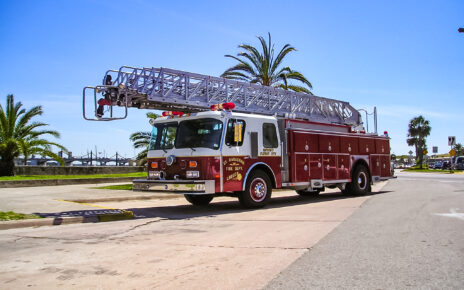Global report: FL among top states for mass incarceration.
Florida’s rate of incarceration in prisons and jails was 795 people per 100,000, 13th highest in the United States, according to the “States of Incarceration: The Global Context 2021” report released Wednesday.
It analyzes U.S. data from Dec. 31, 2019, shortly before the COVID pandemic took hold in the United States, and international data gathered by World Prison Brief, in 2021.
For ranking purposes, the analysis treats individual U.S. states as if they are countries in order to compare their incarceration rates with rates in various whole countries around the world.
Compared with 170 countries around the world, the United States has the highest incarceration rate — 644 per 100,000. That is followed by El Salvador (562), Turkmenistan (552), Rwanda (515), and Cuba (510).
Within the United States, 24 states have individual incarceration rates higher than the U.S. figure of 644 per 100,000.
Louisiana and Mississippi are the highest of all, both incarcerating more than 1,000 people per 100,000.
Next come Oklahoma, Georgia, Arkansas, Alabama and Kentucky, higher than 900; Arizona, Wyoming, Texas, Tennessee, and South Dakota, with more than 800; Florida at 795; nine other states higher than 700, and two states below 700.
The states with the lowest incarceration rates in the U.S. were Massachusetts, at 275 per 100,000, Vermont, at 288, and Rhode Island, at 289.
Meanwhile, mass incarceration did not align with crime rates, says the analysis, co-authored by Prison Policy Initiative Senior Research Analyst Emily Widra, and Tianna Herring, research associate.
“For four decades, the U.S. has been engaged in a globally unprecedented experiment to make every part of its criminal justice system more expansive and more punitive. As a result, incarceration has become the nation’s default response to crime, with, for example, 70 percent of convictions resulting in confinement — far more than other developed nations with comparable crime rates,” the report concludes.
“Our new analysis of incarceration rates and crime rates across the world reveals that the U.S.’s high incarceration rates are not a rational response to high crime rate, but rather a politically expedient response to public fears and perceptions about crime and violence.”
The Florida Department of Corrections, which accounts for the majority of Florida incarcerations, has not responded to a request for comment on the accuracy of the report and its findings.
—






